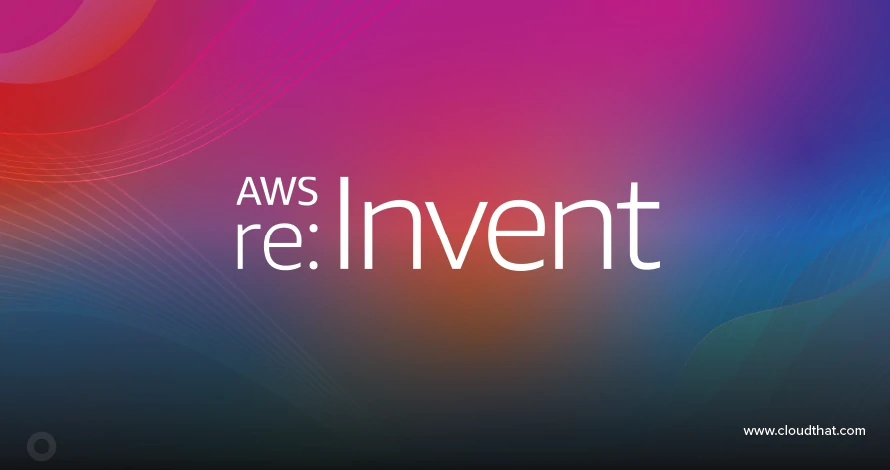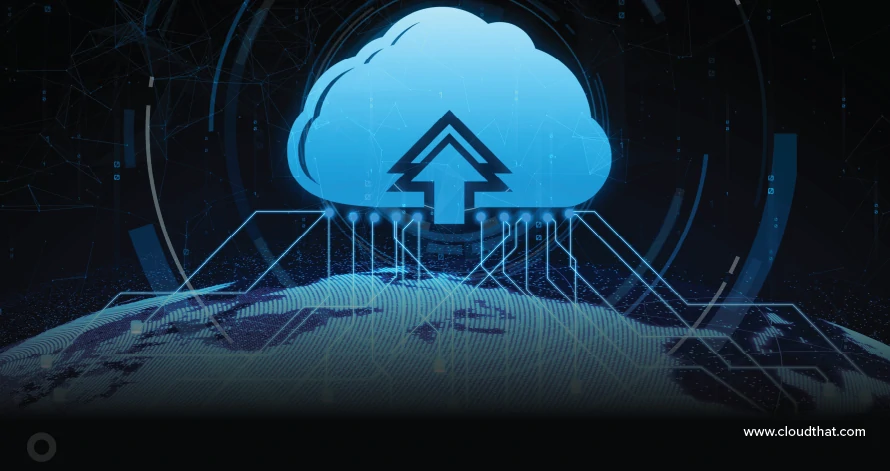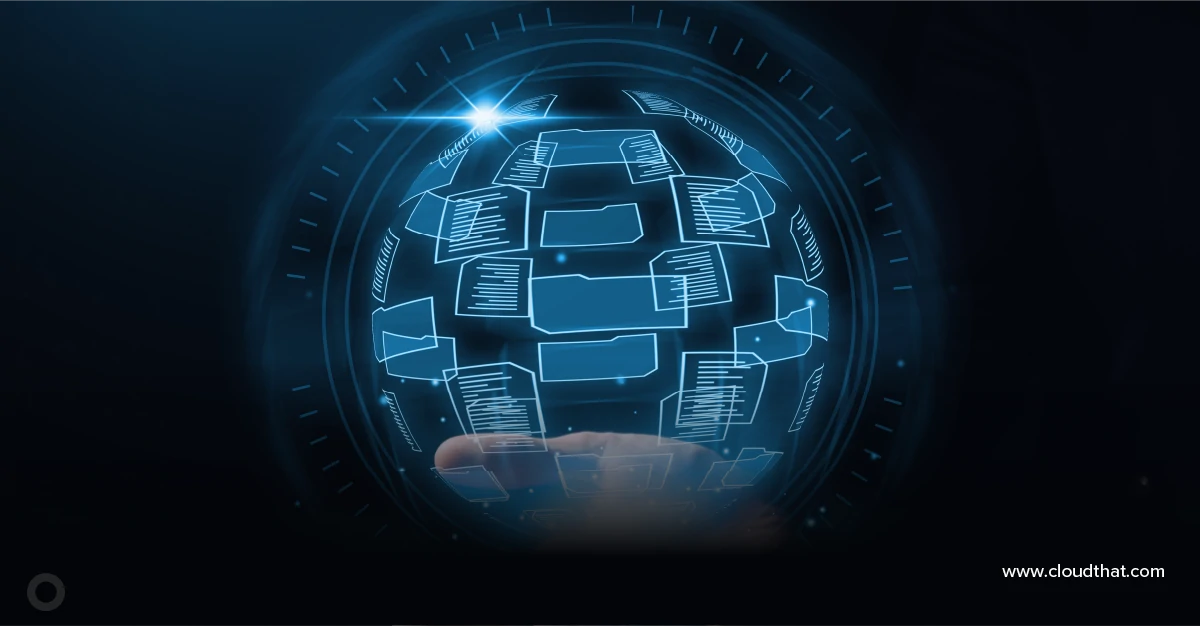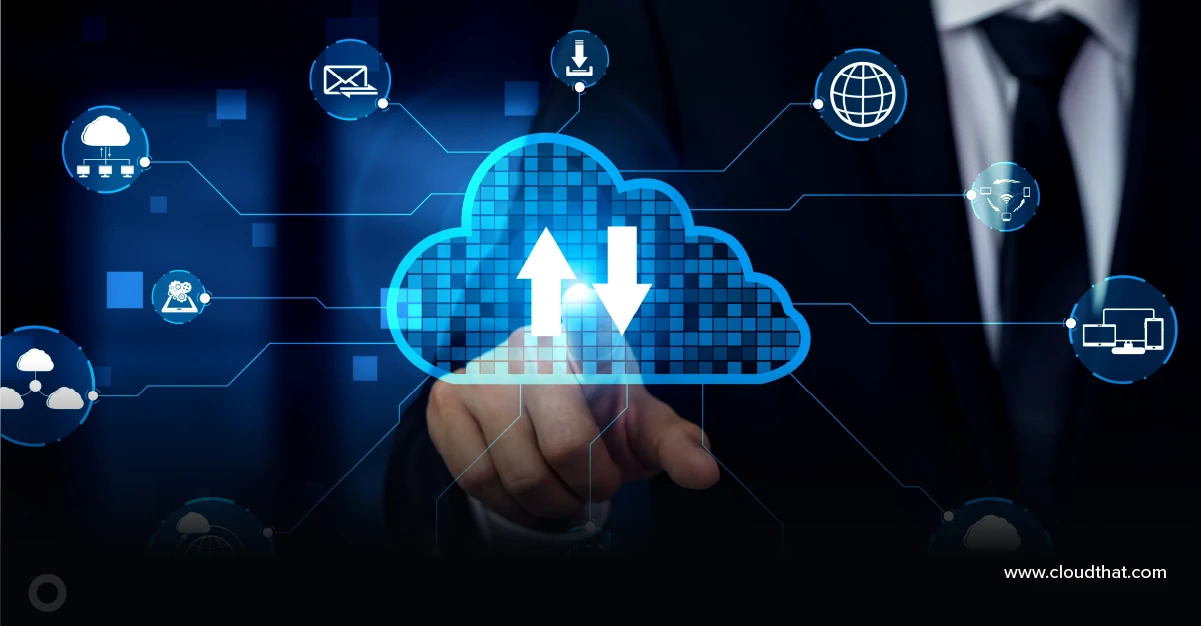|
Voiced by Amazon Polly |
Overview
In a data-driven world, organizations need up-to-the-minute information to make agile and accurate decisions. As transactional data is generated in systems like Amazon RDS (Relational Database Service), there’s often a parallel need to analyze that data in near real-time using a data warehouse like Amazon Redshift. Traditional batch-based ETL processes frequently fall short when delivering real-time insights.
Change Data Capture (CDC) is a method that captures and streams updates made to a source database, enabling near real-time data replication.
Pioneers in Cloud Consulting & Migration Services
- Reduced infrastructural costs
- Accelerated application deployment
Change Data Capture (CDC)?
Change Data Capture (CDC) is the method of detecting and monitoring changes in a database, including actions like INSERT, UPDATE, and DELETE, and then replicating those changes to another system.
Why Stream CDC from Amazon RDS to Amazon Redshift?
Amazon RDS is a fully managed relational database service that handles transactional workloads. On the other hand, Amazon Redshift is built for large-scale analytics and reporting. Many businesses use Redshift to derive insights from data generated in operational systems like RDS.
By implementing the CDC, businesses can:
- Maintain Amazon Redshift up to date with the most recent Amazon RDS modifications.
- Minimize latency between data creation and analysis
- Optimize ETL pipelines by moving only delta data
- Enable real-time dashboards and predictive analytics
- Reduce infrastructure costs by avoiding full table reloads
Key Use Cases
- Real-Time Reporting: Operational dashboards that reflect the current orders, inventory, or customer activity status.
- Customer 360 View: Synchronizing customer data across systems for personalized experiences.
- Fraud Detection: Analyzing transactions as they occur to identify potential fraud.
- Operational Monitoring: Immediate access to system health or user activity trends.
Architecture Overview: Real-Time CDC Streaming from Amazon RDS to Amazon Redshift
The architecture for streaming CDC logs from Amazon RDS to Amazon Redshift in near real-time typically includes the following components:
- Enable CDC on Amazon RDS – This allows the database to track changes.
- Capture Changes – Leverage AWS DMS (Database Migration Service) or AWS SCT (Schema Conversion Tool) to extract change logs.
- Stream Changes – Use Amazon Kinesis Data Streams or Amazon MSK (Kafka) to stream changes.
- Transform & Load – Optionally transform using AWS Glue or Lambda, and load the changes into Amazon Redshift using Redshift streaming ingestion or COPY commands.
Let’s break it down.
Step 1: Enable CDC on Amazon RDS
For Amazon RDS databases like PostgreSQL and MySQL, CDC can be enabled by configuring logical replication:
- To enable CDC in Amazon RDS for PostgreSQL, update the parameter group by setting rds.logical_replication to 1.
- For Amazon RDS MySQL, enable binary logging by setting the binlog_format parameter to ROW.
These configurations allow downstream services to access and process change data events.
Step 2: Use AWS DMS to Capture and Stream Changes
AWS Database Migration Service (DMS) supports CDC out-of-the-box. You can configure AWS DMS to replicate data from Amazon RDS to Amazon Redshift using full load + ongoing replication.
How AWS DMS works:
- Full Load Phase: Migrates existing data
- CDC Phase: Continuously captures and applies changes from Amazon RDS
You can also direct the changes to Amazon Kinesis or Amazon S3 as intermediate storage for flexible processing.
Step 3: Stream Changes to Amazon Redshift
There are two popular approaches to stream changes from Amazon RDS to Amazon Redshift:
Option A: AWS DMS to Amazon Redshift (Native Integration)
You can configure AWS DMS to replicate CDC logs directly into Redshift tables. AWS DMS handles the schema mapping and data transformation automatically, but it works best when latency tolerance is in the order of minutes.
Option B: Amazon Kinesis + Amazon Redshift Streaming Ingestion
For low-latency use cases:
- You can utilize AWS Database Migration Service (DMS) or build a custom connector to transmit CDC (Change Data Capture) logs to Amazon Kinesis Data Streams, enabling real-time data flow for further processing or analytics.
- Redshift now supports native data ingestion from Kinesis through Redshift Streaming Ingestion, a feature introduced in 2022.
- This reduces the lag between data change and ingestion to just a few seconds.
Step 4: Transform and Cleanse (Optional)
If your CDC stream requires transformations (e.g., column renaming, data masking, or validation), use:
- Use AWS Lambda to process CDC events and load the changes into Redshift in near real-time
- AWS Glue for more complex ETL pipelines
These allow custom processing logic to be applied before final ingestion.
Step 5: Monitor and Optimize
Configure Amazon CloudWatch to monitor and track:
- AWS DMS replication lag
- Amazon Redshift streaming errors
- Amazon Kinesis throughput and latency
Ensure your pipelines are fault-tolerant, scalable, and cost-optimized by:
- Enabling retry policies
- Using parallel processing
Compressing and batching records where applicable

Image source: Link
Benefits of Near Real-Time CDC Integration

Considerations and Limitations
- Latency Sensitivity: If your use case demands sub-second latency, ensure you are not using Amazon S3 as an intermediate store.
- Schema Drift: Any schema change in Amazon RDS should be carefully handled to prevent Redshift ingestion failures.
- Data Volume: High transaction volumes may require partitioning streams or increasing DMS instance size.
- Data Type Mappings: Ensure compatibility between source and target data types, especially for timestamps, JSON fields, or large objects.
Conclusion
This setup reduces the burden of traditional batch ETL jobs and opens the door to real-time analytics, AI-driven insights, and enhanced customer experiences. As data grows in speed and complexity, CDC-based streaming becomes a strategic necessity, not just a nice-to-have.
Drop a query if you have any questions regarding Amazon RDS or Amazon Redshift and we will get back to you quickly.
Empowering organizations to become ‘data driven’ enterprises with our Cloud experts.
- Reduced infrastructure costs
- Timely data-driven decisions
About CloudThat
CloudThat is an award-winning company and the first in India to offer cloud training and consulting services worldwide. As a Microsoft Solutions Partner, AWS Advanced Tier Training Partner, and Google Cloud Platform Partner, CloudThat has empowered over 850,000 professionals through 600+ cloud certifications winning global recognition for its training excellence including 20 MCT Trainers in Microsoft’s Global Top 100 and an impressive 12 awards in the last 8 years. CloudThat specializes in Cloud Migration, Data Platforms, DevOps, IoT, and cutting-edge technologies like Gen AI & AI/ML. It has delivered over 500 consulting projects for 250+ organizations in 30+ countries as it continues to empower professionals and enterprises to thrive in the digital-first world.
FAQs
1. Why is the CDC important for Amazon RDS to Amazon Redshift data movement?
ANS: – CDC ensures that Amazon Redshift always reflects the latest changes made in Amazon RDS. Instead of relying on periodic batch jobs, CDC enables near real-time synchronization, critical for up-to-date analytics, dashboards, and reports.
2. Can AWS DMS replicate changes directly to Amazon Redshift?
ANS: – Yes, AWS DMS supports full load plus ongoing replication to Amazon Redshift. It automatically maps schemas and applies changes, although, depending on configuration, it may have a few minutes of latency.

WRITTEN BY Khushi Munjal
Khushi Munjal works as a Research Associate at CloudThat, specializing in Tech Consulting. With hands-on experience in services like Redshift, EMR, Glue, Athena, and more, she is passionate about designing scalable cloud solutions. Her dedication to continuous learning and staying aligned with evolving AWS technologies drives her to deliver impactful results and support clients in optimizing their cloud infrastructure.


 Login
Login


 May 15, 2025
May 15, 2025 PREV
PREV










Comments